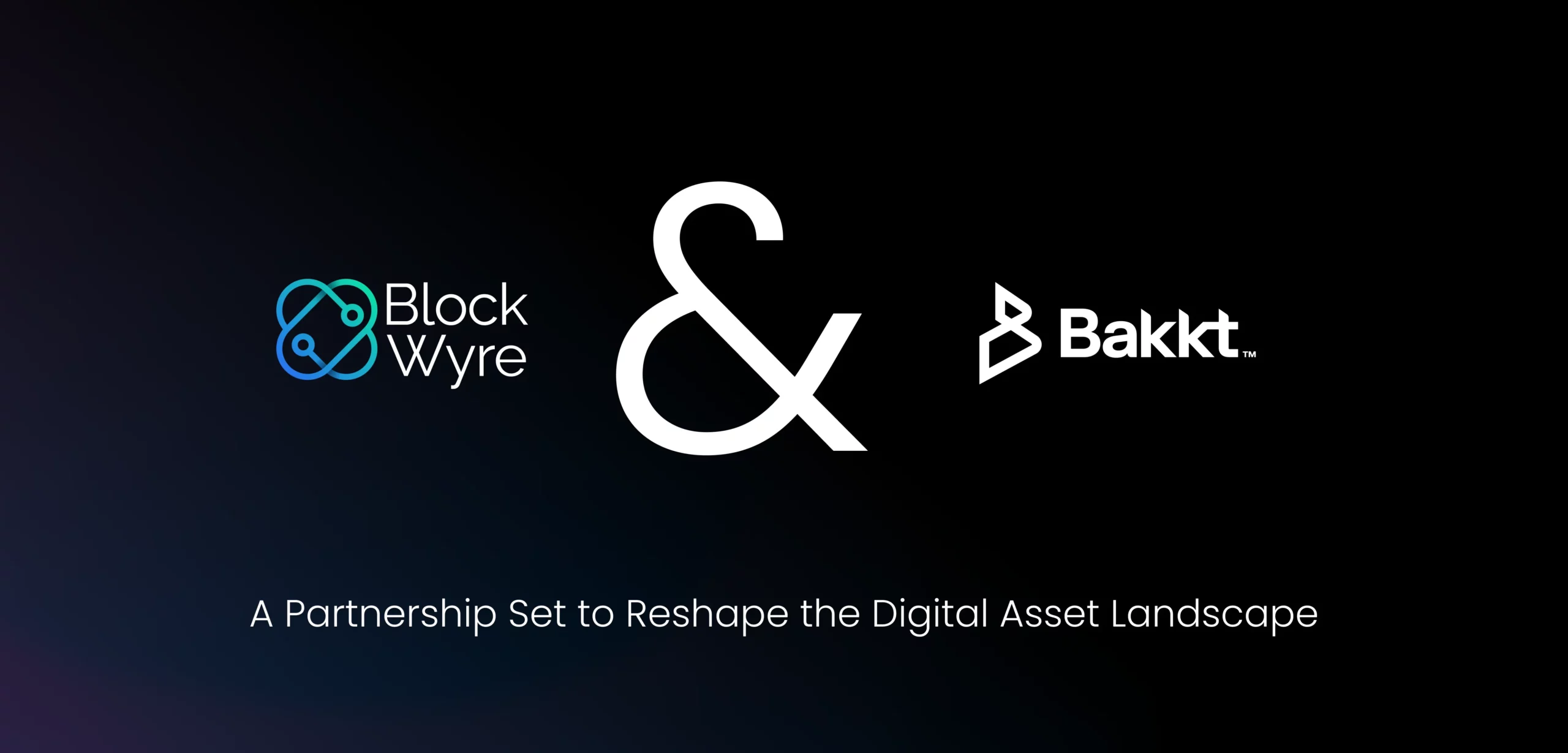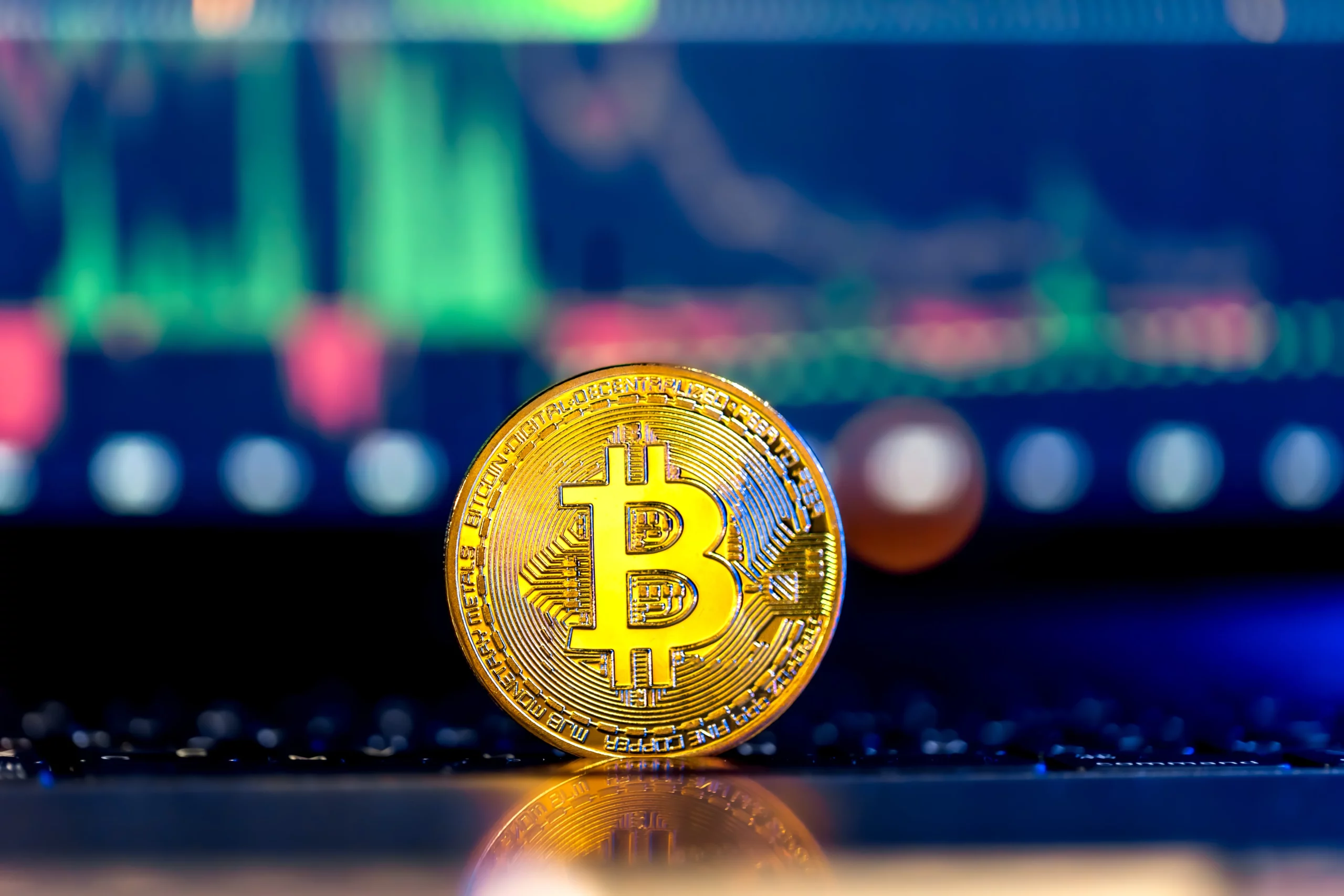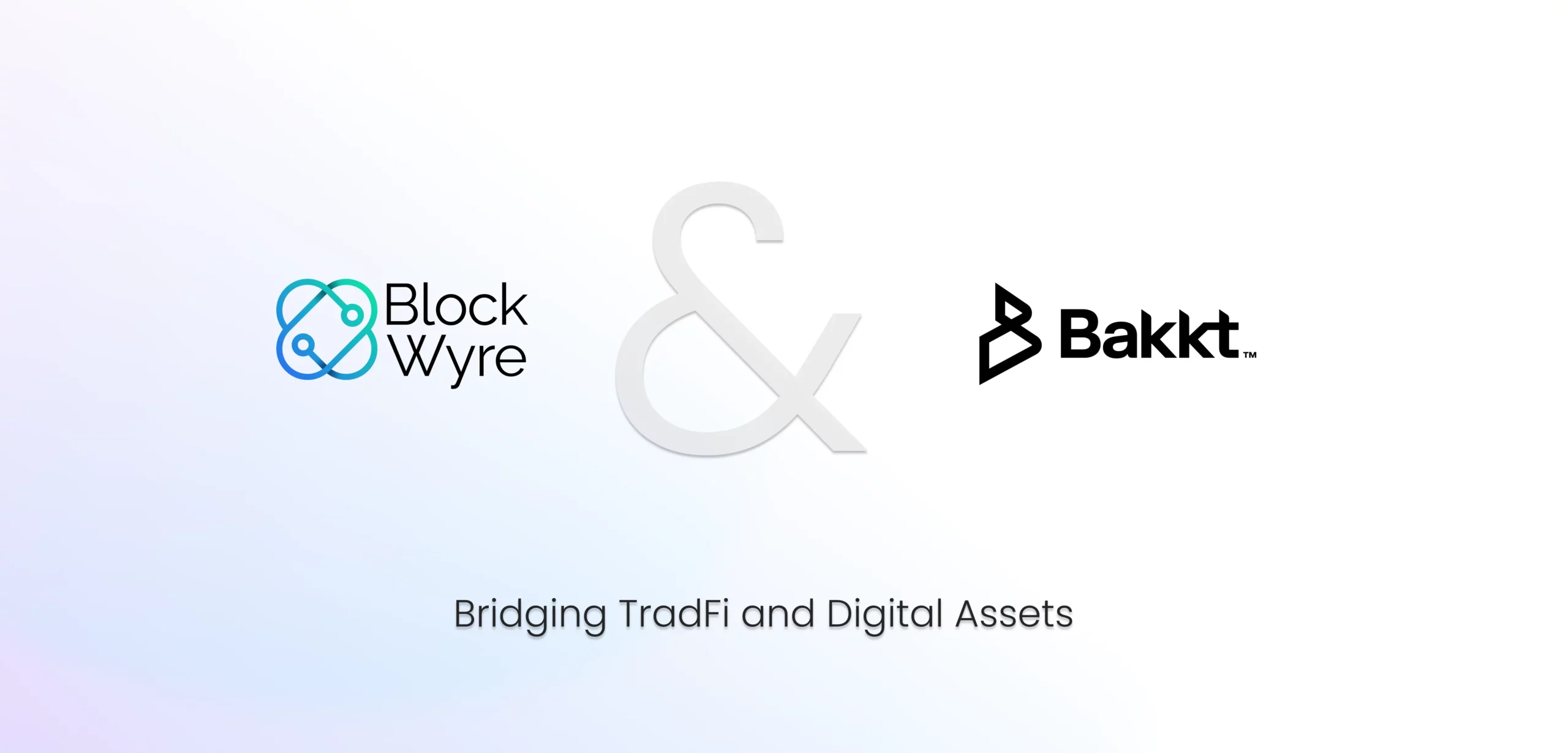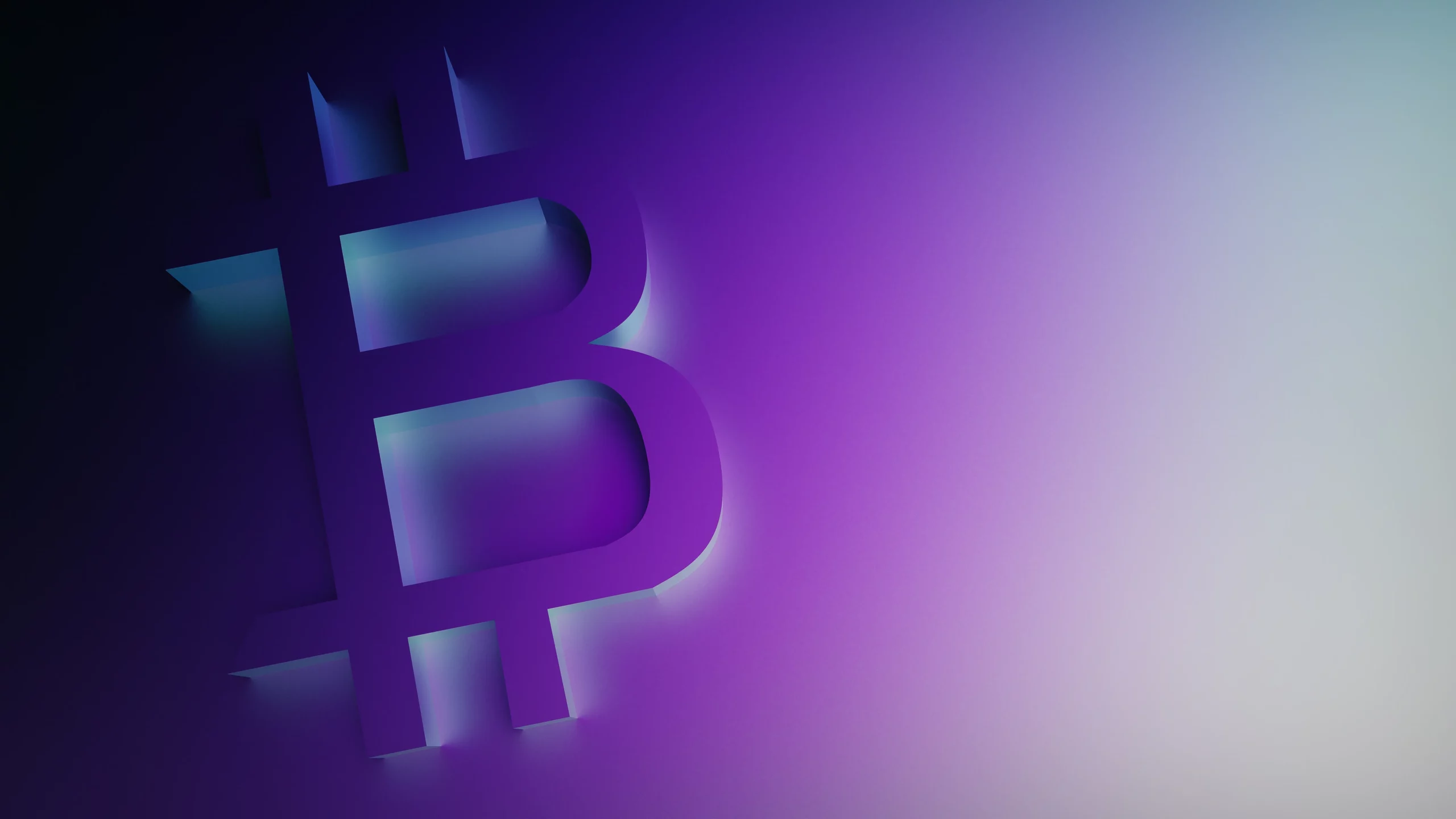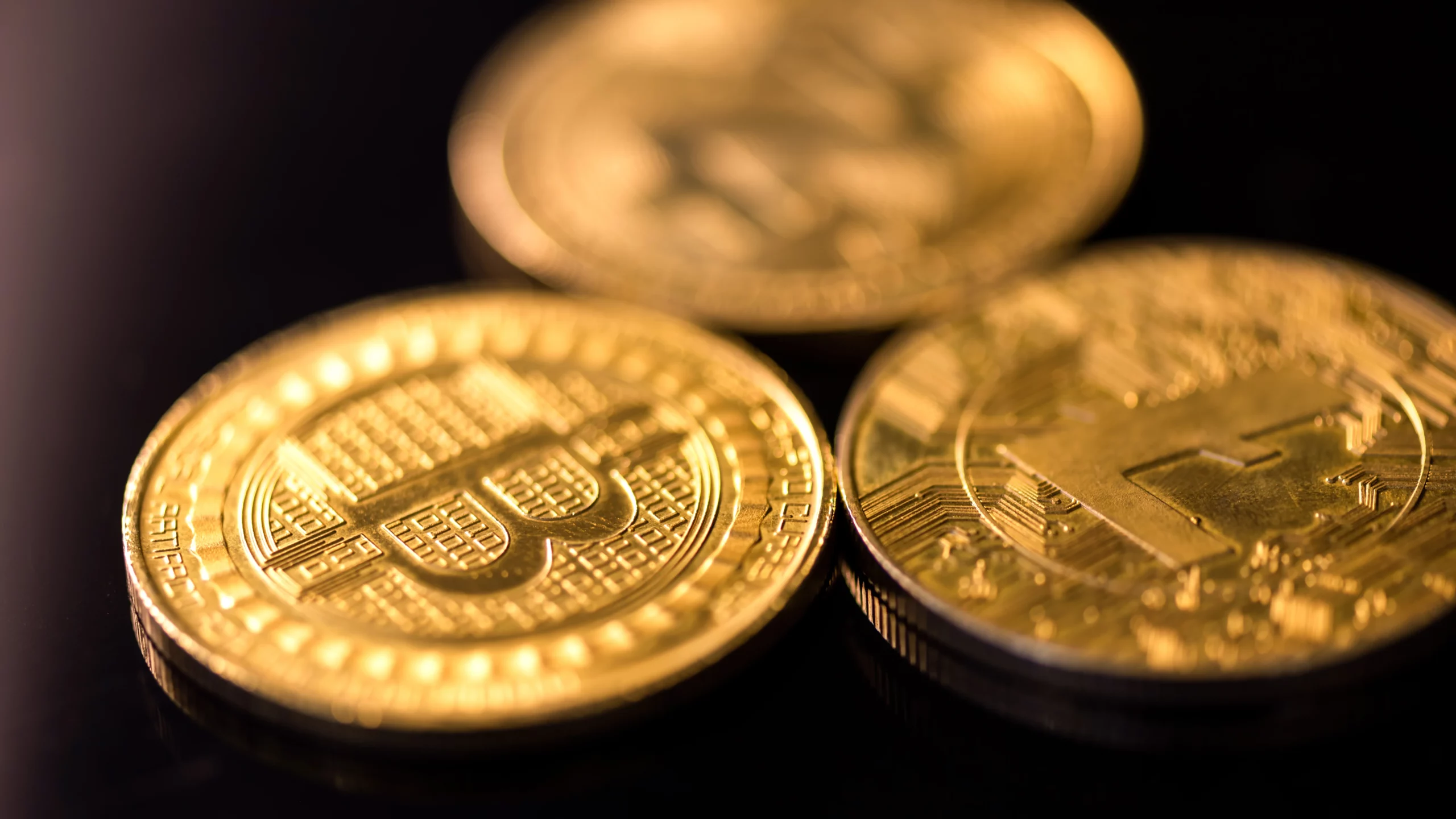USD and the Gold Standard
The gold standard is a monetary system in which a government’s currency is directly linked to gold.
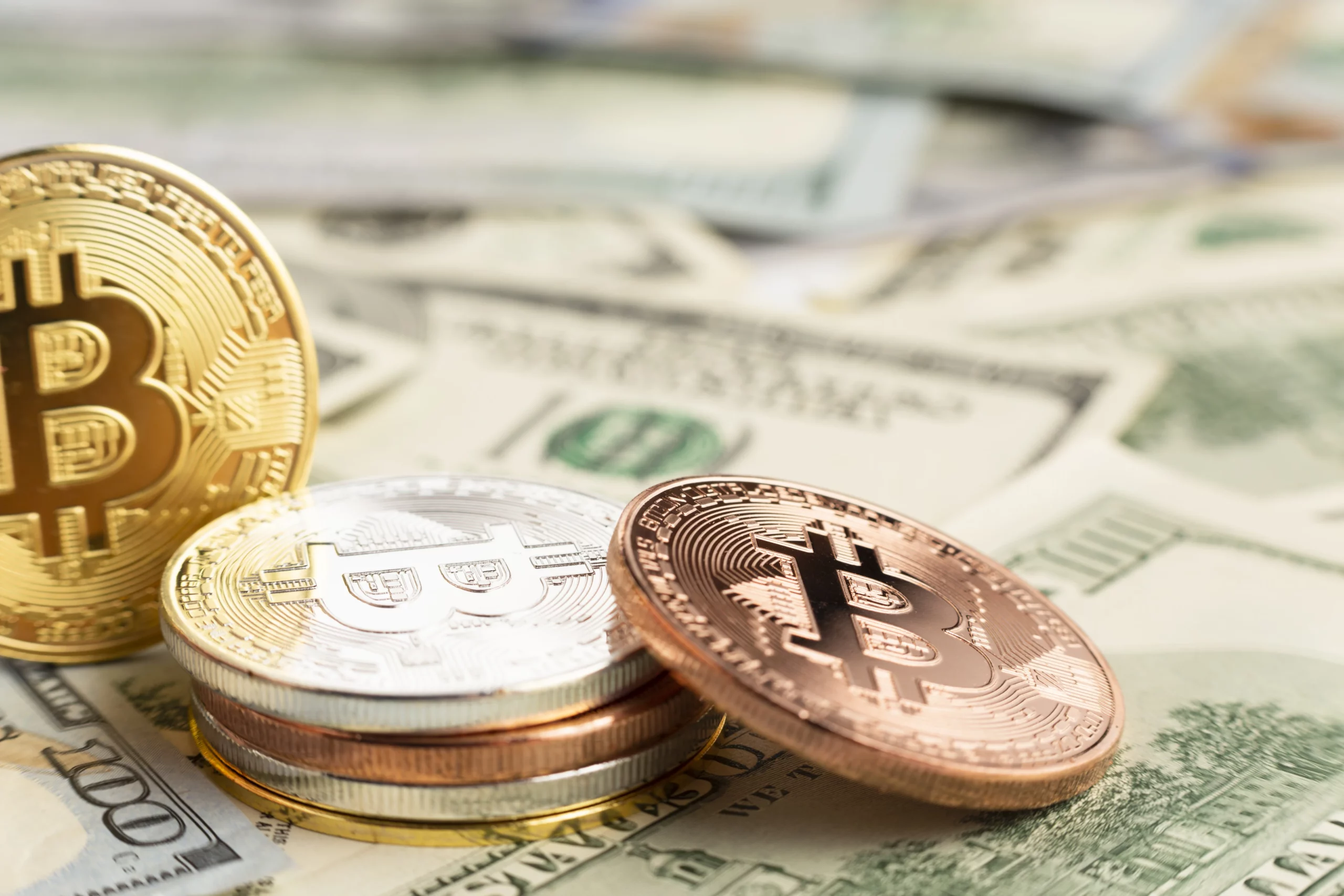
What is it?
- The gold standard is a monetary system in which a government’s currency is directly linked to gold. This means that the currency can be freely converted into a specified amount of gold. It can also refer to a monetary system where gold or bank receipts for gold are the main medium of exchange in a freely competitive environment.
- Began in England in 1819.
- 1933, Franklin Delano Roosevelt signed an executive order that made private possession of monetary gold illegal in the United States.
How does it work?
The gold standard is a monetary system in which a country’s currency or paper money has a value directly linked to gold. Under the gold standard, countries agreed to exchange paper money for a specific amount of gold.
Advantages:
- Supporters of the gold standard argue that it prevents inflation because governments and banks are unable to manipulate the money supply, such as by overissuing money. The gold standard also stabilizes prices and foreign exchange rates.
- Inflation is rare and hyperinflation doesn’t happen because the money supply can only grow if the supply of gold reserves increases.
When and Why Did it End?
In August 1971, President Nixon stopped allowing U.S. dollars to be exchanged for gold. This change ended the formal connection between the international currency market and gold. The U.S. dollar, which had been important in the global financial system, entered a new era as fiat money.
Fiat and Swift
The SWIFT (Society for Worldwide Interbank Financial Telecommunication) system is a secure messaging network that enables banks and financial institutions to exchange standardized financial transactions worldwide. Established in 1973, SWIFT facilitates cross-border payments, securities transfers, and trade transactions by providing a reliable and efficient communication framework. While SWIFT itself doesn’t transfer funds, it sends payment instructions securely, ensuring accurate and timely processing between institutions, thus underpinning global financial operations.
Enter Bitcoin
What is it?
Bitcoin is a decentralized peer-to-peer network that operates without a central authority. It enables users to securely send and receive digital currency over the internet. At its core, Bitcoin uses a blockchain, which is a public, immutable ledger, to transparently record all transactions and verify their authenticity through a consensus mechanism known as proof-of-work. This network is maintained by a global community of miners who validate transactions and add them to the blockchain, ensuring the system’s integrity and resistance to fraud. The primary purpose of Bitcoin is to provide a secure, transparent, and censorship-resistant medium for transferring value. It offers an alternative to traditional financial systems by empowering individuals with greater financial autonomy and reducing reliance on intermediaries.
Is Bitcoin a better currency than the US dollar. WHY?
Bitcoin offers several advantages over the US dollar. It is decentralized, with a fixed supply of 21 million coins, limiting inflation and preserving value. Transactions are secured by blockchain technology, ensuring transparency and reducing fraud. Bitcoin enables faster and cheaper cross-border payments, integrates well with modern financial technologies, and provides financial inclusion for those without access to traditional banking.
The Future of Bitcoin
Bitcoin has the potential to revolutionize traditional finance by introducing a decentralized and transparent alternative to conventional banking systems. By eliminating intermediaries, Bitcoin reduces transaction costs and increases the speed of cross-border payments, making financial transactions more efficient. Its blockchain technology ensures secure, tamper-proof records, enhancing trust and reducing fraud. Bitcoin also promotes financial inclusion by providing access to financial services for the unbanked and underbanked populations worldwide. Additionally, it fosters innovation in areas such as smart contracts and decentralized finance (DeFi), enabling new financial products and services. This shift can democratize finance, empower individuals, and create a more resilient and adaptable global financial system
Facts and Figures for Bitcoin
- Decentralized Currency: Bitcoin operates without a central authority, relying on a peer-to-peer network for transactions.
- Created by Satoshi Nakamoto: It was introduced in 2009 by an anonymous founder or group known as Satoshi Nakamoto.
- Blockchain Technology: It utilizes a public ledger called blockchain to securely record all Bitcoin transactions.
- Limited Supply: The total supply of bitcoins is capped at 21 million, ensuring scarcity and potential value growth over time.
- Mining Process: Transactions are verified by miners who solve complex cryptographic puzzles to add blocks to the blockchain.
US Dollars Since Abandoning the Gold Standard
- Cumulative Inflation Rate (1971-2023)
- Approximate Cumulative Inflation: 700%
- This means that something that cost $1 in 1971 would cost about $8 in 2023.
Breakdown by Decade:
- 1970s: High inflation rates, often exceeding 10% annually.
- 1980s: Inflation peaked in the early part of the decade but generally trended downward.
- 1990s: More stable and moderate inflation rates.
- 2000s: Continued moderate inflation with occasional spikes.
- 2010s: Relatively low and stable inflation rates.
- 2020s (up to 2023): Some increases due to various economic factors, including the COVID-19 pandemic aftermath.
Key Factors Contributing to Inflation:
- Monetary Policy: Expansion of the money supply can lead to inflation if it outpaces economic growth.
- Fiscal Policy: Government spending and taxation influence economic activity and inflation.
- Supply and Demand Shocks: Events like oil crises or pandemics can disrupt supply chains, leading to price increases.
- Globalization: Changes in global trade can affect domestic prices.
- Wage Growth: Increases in wages can lead to higher costs for businesses, which may pass these costs onto consumers.
Impact on Purchasing Power:
- 1971: $1 could buy a loaf of bread, a gallon of gas, or other basic goods and services.
- 2023: The same $1 now buys significantly less, reflecting the cumulative inflation over the past five decades.
Looking Forward:
While historical trends provide a clear picture of inflation since 1971, future inflation rates can be influenced by a myriad of factors including economic policies, global events, technological advancements, and more. It’s essential to stay informed through reliable economic indicators and analyses to understand ongoing and future inflation trends.
Conclusion:
The abandonment of the gold standard in 1971 marked the beginning of a fiat currency era for the U.S. dollar, during which its value has been subject to market forces and government policies. Over the past approximately 53 years, the dollar has been inflated by about 700%, significantly altering its purchasing power.
Final thought
BUY BITCOIN!
Tags: Bitcoin , Blockchain Technology , Cross-Border Payments , Cryptocurrency , Currency Linked to Gold , Decentralized Currency , Digital Currency , Economic History , Fiat Money , Financial Autonomy , Financial Inclusion , Foreign Exchange Rates , Gold Standard , Inflation Prevention , Monetary Policy , Monetary System , Nixon Shock , Price Stability , Proof-of-Work , SWIFT System
